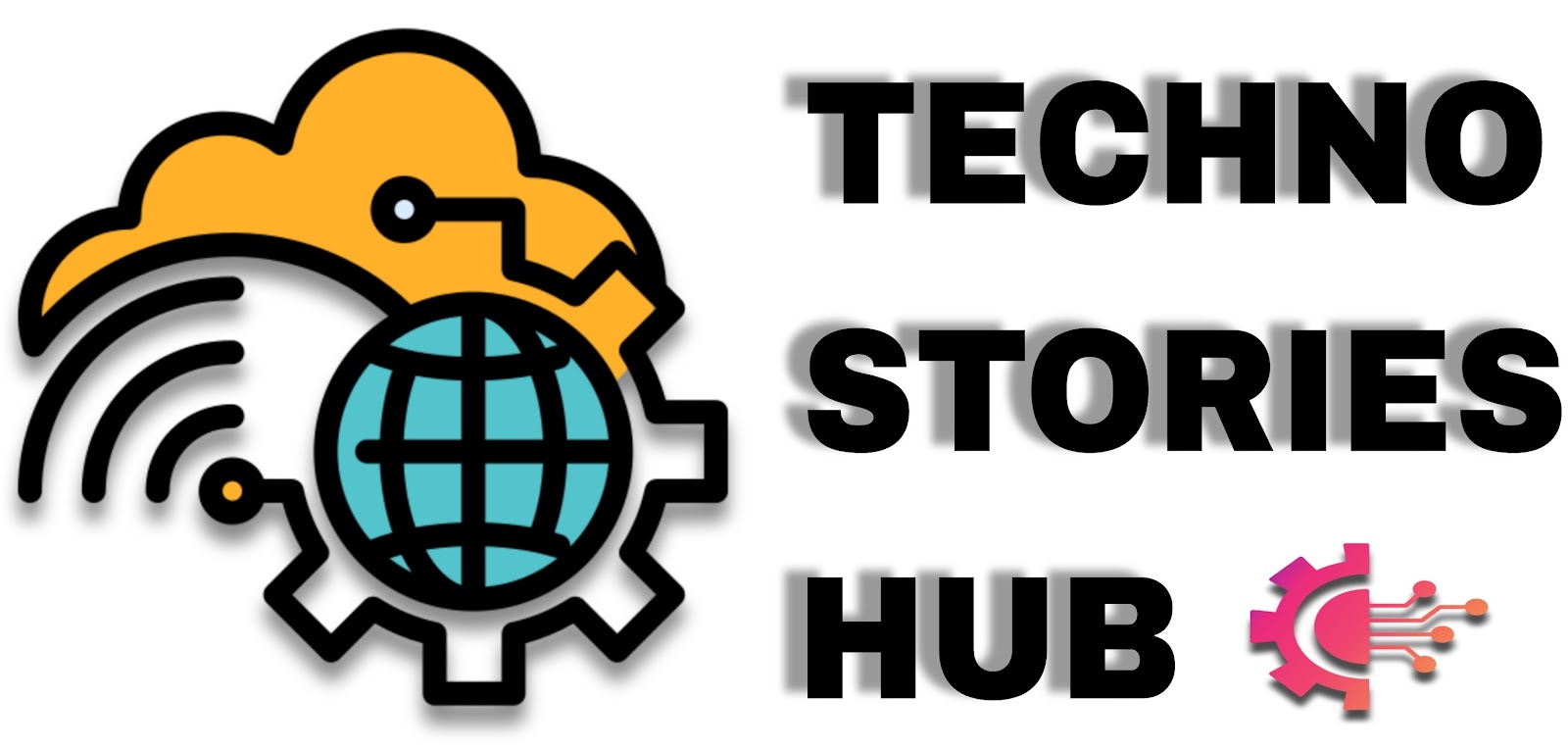Booting
Process:
Booting is the process of
starting a computer as initiated via hardware such as a button on the computer
or by a software command.
Steps in the
Booting Process:-
1: BIOS and Setup Program
2: The Power-On-Self-Test (POST)
3: The Operating System (OS) Loads
4: System Configuration
5: System Utility Loads
6: Users Authentication
Step 1: BIOS and Setup Program
· ROM
(read-only memory): it is a permanent and unchanging memory also
· BIOS
(basic input/output system): the part of the system software that includes the
instructions that the computer uses to accept input and output
·
Load: to transfer from a storage device to memory. The ROM loads BIOS into the
computer’s memory
·
Setup program: a special program containing settings to control hardware.
Furthermore, the program can only be accessed while the BIOS information is
visible
Step 2: The Power-On-Self-Test (POST)
· POST
(Power-On Self-Test): a series of tests conducted on the computer’s main
memory, input/output devices, disk drives, and the hard disk.
· BIOS
conducts Power-On-Self-Test to check the input/ output system for operability.
· The
computer will produce a beeping sound if any problem occurs. An error message
will also appear on the monitor
Step 3: The Operating System (OS) Loads
· BIOS
searches for the operating system.
·
Setting in CMOS: complementary metal oxide semiconductor determines where to
look for the operating system.
· In this step, the
operating system’s kernel is also loaded into the computer’s memory.
· The
operating system takes control of the computer and begins loading system
configuration information.
Step 4: System Configuration
·
Registry: a database to store information about peripherals and software
·
Peripheral: a device connected to a computer
·
Drive: a utility program that makes peripheral devices function properly
· The
operating system’s registry configures the system.
· In
this step, drivers are also loaded into memory.
Step 5: System Utility Loads
·
System utilities are loaded into memory.
·
Volume control
·
Antivirus software
· PC
card unplugging utility
Step 6: Users Authentication
·
Authentication or user login occurs
·
Username
·
Password
· After all this process, the user interface starts, enabling user interaction with the computer and its programs also.






0 Comments